No matter where you’re cycling, if you’re cycling around a country lane or cycling in the middle of all the city traffic, it’s always wise to wear your helmet. Helmets provide the user the necessary protection to prevent you from getting hurt in the event of a fall or crash.
This plastic casing can come in a variety of shapes, sizes, styles, and colors, but all serve to a single purpose. Not all helmets are comfortable for all users, no matter the size. This leads to bike riders to opt for not using helmets, increasing the chances of head injuries, or even worse, tragedies.
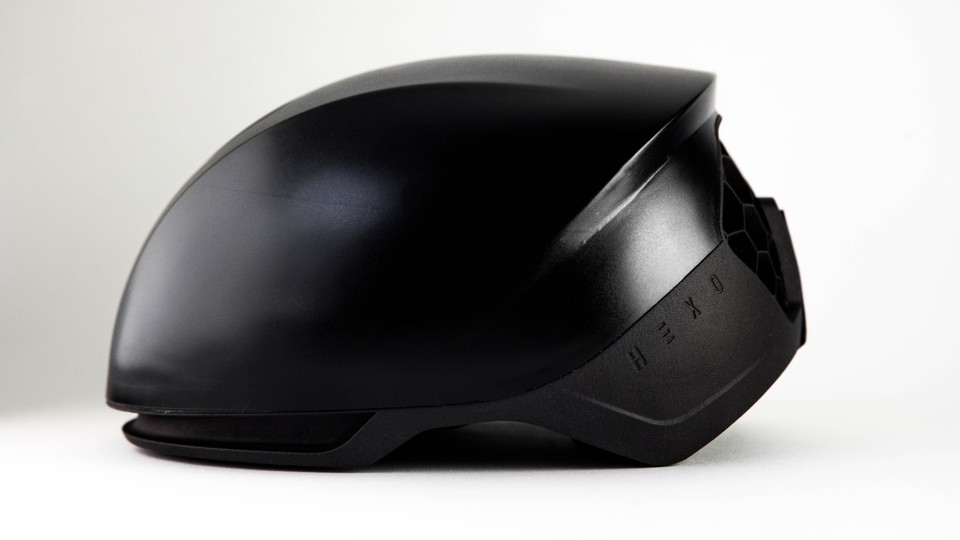 HEXR Helmet – Image via Bike Radar
HEXR Helmet – Image via Bike Radar
In Britain, for example, more than 100 cyclists are killed and around 3,000 are injured every year for not properly using their helmets. HEXR is looking to reduce these numbers. HEXR is a British company founded by Jamie Cook who, during his mechanical engineering degree at University College London, got interested in cycle helmets and discovered that the oft used Expanded Polystyrene (EPS) is not an ideal material for impact control. Cook developed an alternative as he continued his research at the University of Oxford as a postgraduate, where he spent the past three years working together with leading academics to develop the HEXR helmet.
Although it’s not the first helmet to be 3D printed, it still is the first to be created from Polyamide 11, which is utilized in many industries and is known as a tough material. According to Cook, energy absorption on basically all design methods is based on a flat contact area, like EPS, which hardens upon impact. HEXR’s Polyamide 11 (PA 11) helmet, however, is made up of hexagonal cells in a honeycomb design and structured to dissipate the energy. This helps to spread the energy over a larger area and prevents the risk of a serious injury. The HEXR is claimed to control impact 68% more than EPS-constructed helmets.
From the beginning, Cook believed that HEXR could be a great product both for riders and, of course, the environment. But the biggest challenge for Cook was in manufacturing the helmets and to keep production sustainable. Manufacturing a mold for HEXR’s complex, intricate, and thin walls is not easy, cheap, or quick with traditional injection molding. And since helmets require a large range of sizes to fit every head shape, it means more research, time, and tests. He had to choose between higher costs for more sizes and safety. Luckily for Cook, 3D printing can reduce the impact of these disadvantages.
When Cook commenced the development of the HEXR helmet, 3D printing was a huge hype, and this led him to test a variety of materials, layouts, and manufacturing techniques based on 3D printing. Once again, additive manufacturing allowed HEXR, as many other great creations, to reflect an idea, produce it, and test quickly. Once Cook found the right design and base material for his helmet, HEXR was finally ready to happen.
But how is each HEXR helmet created to fit any rider’s head? Well, the answer is easy: 3D scanning. To perfectly measure the head of any rider or costumer, they first have to put on a swimming cap and get their head scanned. With the help of an iPad and depth-sensing cameras, the measurements are obtained. 30,000 data points are collected and used to later reconstruct a digital model of the rider’s head. It’s then used to create a customized CAD blueprint for the HEXR helmet.
HEXR’s advantages are that the helmet is lighter, more aerodynamic (according to keen cyclists), but most importantly they’re less wasteful, made from eco-friendly materials, and it’s much safer than conventional helmets. However, the price isn’t cheap. HEXR is selling for $390, but if you compare it with other helmets in the market, it still can be a much better option if you consider your safety.
As mentioned above, HEXR is not the first helmet to be 3D printed. A Canadian firm called Kupol also believes bike helmets can be customized and safer by using 3D printing. Gabriel Boutin, the CEO of Kupol, uses PA12, a plastic powder to create his helmets. According to Boutin, this material is great for its mechanical properties, density and thickness. 3D printing helps Kupol create helmets available in many sizes compared to the traditional ones.
Lately, the cycling industry is taking a lot of notice and companies are taking advantage of the manufacturing process 3D printing offers. Just like bike helmets, saddles play an important role when riding a bike. As these are often blamed for being uncomfortable, Specialized partnered up with Carbon Digital Light Synthesis (DLS) and announced the S-Works Mirror. Taking into account that to get the right saddle there are a lot of factors to consider, this saddle abandons conventional foam padding and is 3D printed with a lattice structure that is attached to a conventional carbon composite base. Density and structure can be customized to provide truly body-specific comfort and support.
Join the discussion of this and other 3D printing topics at 3DPrintBoard.com.
Subscribe to Our Email Newsletter
Stay up-to-date on all the latest news from the 3D printing industry and receive information and offers from third party vendors.
You May Also Like
3D Printing Webinar and Event Roundup: May 5, 2024
We’ve got a busy week of 3D printing events ahead of us, in Texas, Florida, Washington, D.C., Shanghai, and more. Webinar offerings will cover medical models, PolyJet 3D printing, additive...
High Stakes, High Speed: KVG Acquires 15 Nexa3D HSE 3D Printers to Boost Military Tech
As 3D printing increasingly intersects with defense and military logistics, a new partnership between Nexa3D and mission support logistics firm KVG stresses the growing importance of this technology in strategic...
Construction 3D Printing CEO Reflects on Being Female in Construction
Natalie Wadley, CEO of ChangeMaker3D, could hear the words of her daughter sitting next to her resounding in her head. “Mum, MUM, you’ve won!” Wadley had just won the prestigious...
3D Printing News Briefs, February 17, 2024: Shot Blasting, Service Bureaus, & More
In today’s 3D Printing News Briefs, we’re starting out with post-processing, as SKZ Würzburg is using a shot blast system from AM Solutions for its research. Moving on to business,...


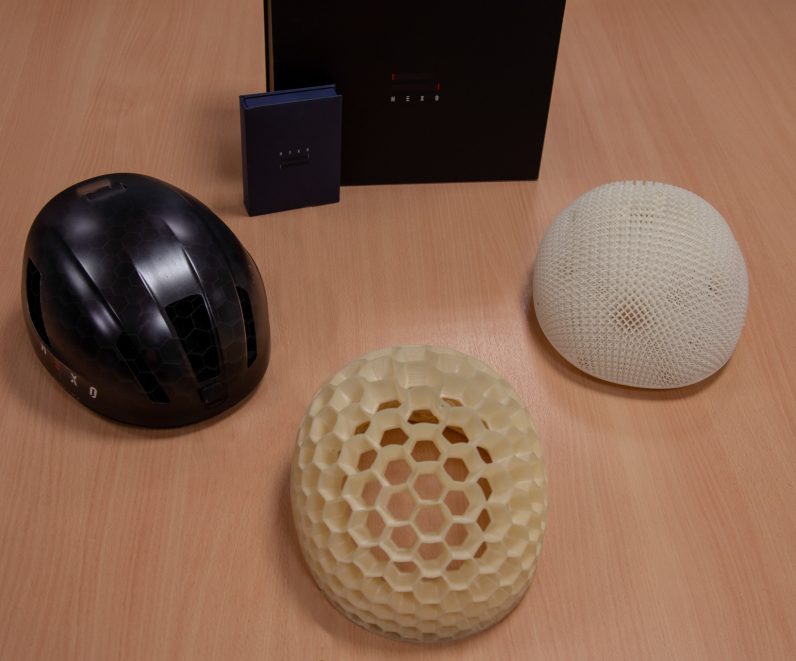 Image Credit: M. Beedham
Image Credit: M. Beedham Image via Bike Radar
Image via Bike Radar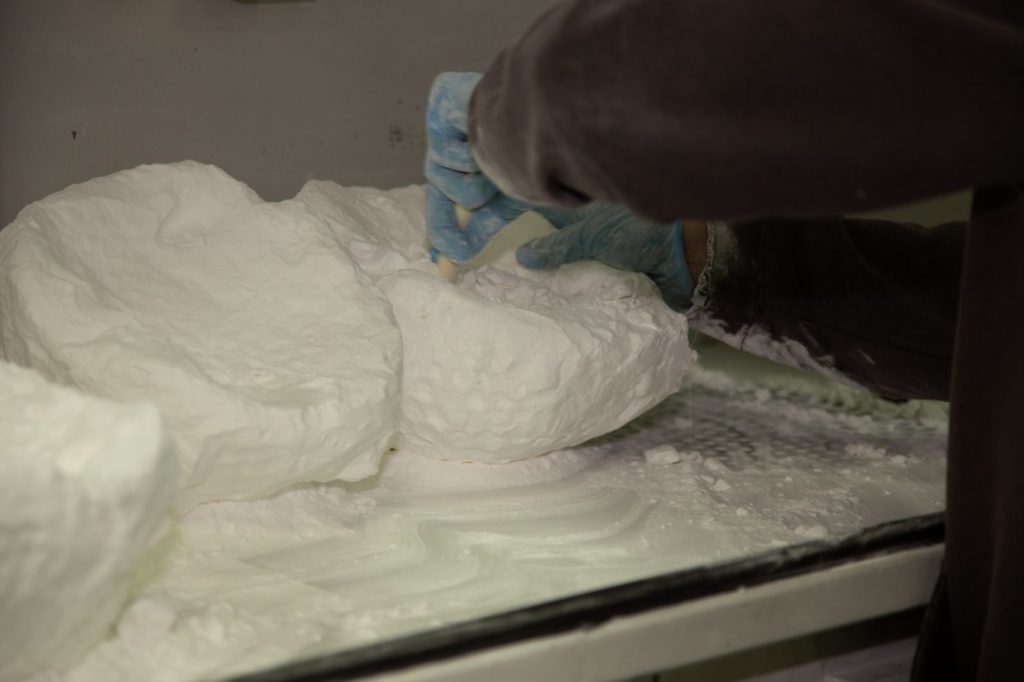 Image Credit: M. Beedham
Image Credit: M. Beedham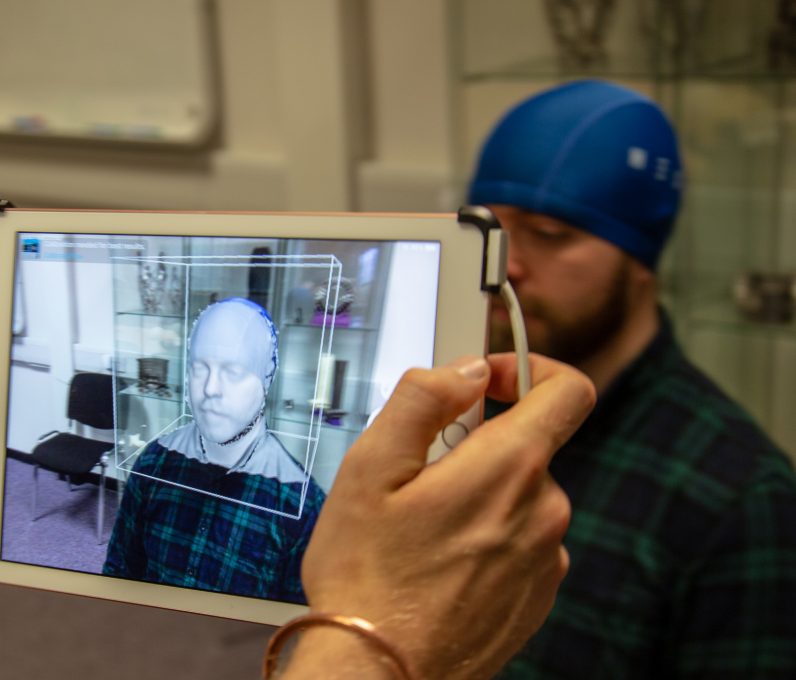 Image Credit: M. Beedham
Image Credit: M. Beedham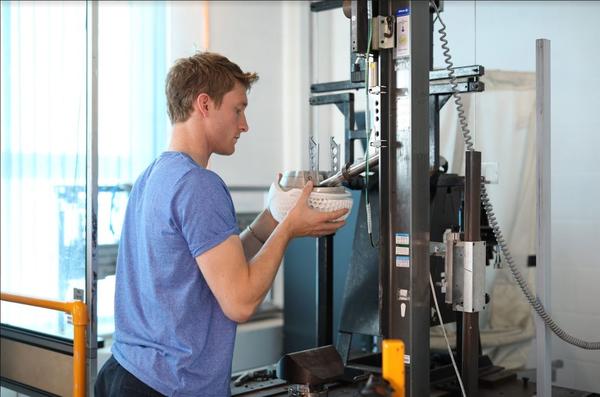 Image via HEXR
Image via HEXR Image via Kupol
Image via Kupol





























